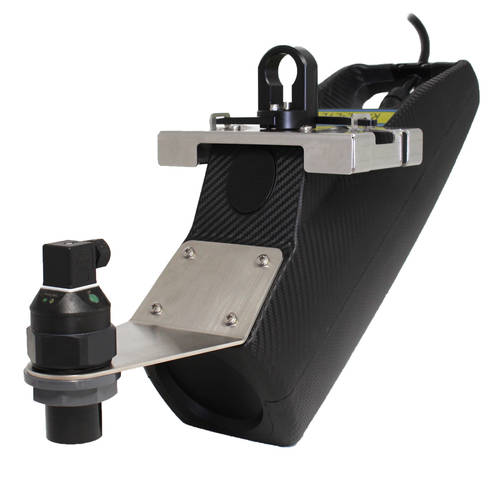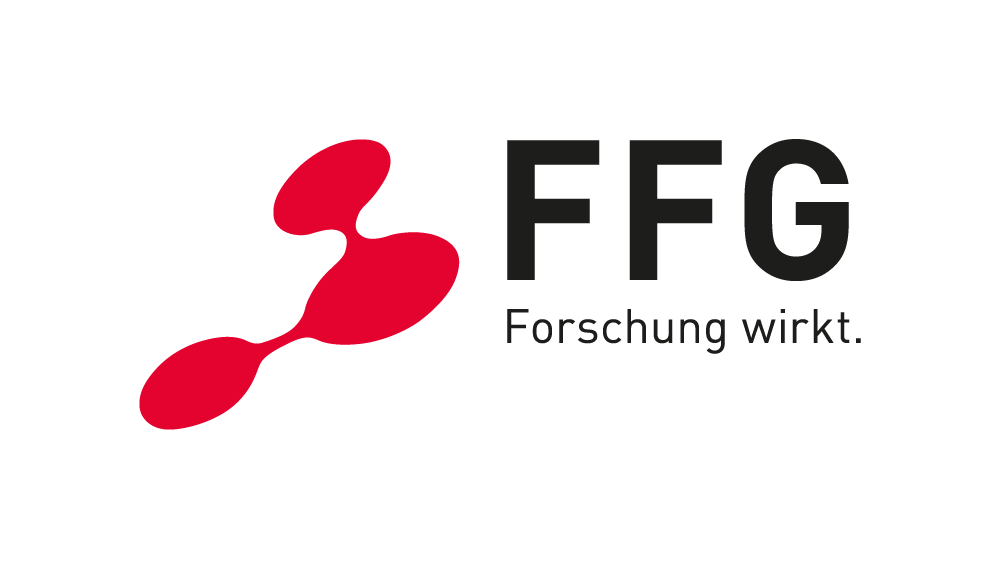Recent floods have shown that exact predictions of water volume moving downstream are extremely important. Not only the water level but also the volume and the velocity are important here. LCM has developed an innovative flow measurement system based on radar. The system provides exact data and can be used commercially.
The flow measurement system, called Raven Eye, is based on the Doppler effect. A high-frequency signal is broadcast; if an object (even small particles on the water surface) is moving relative to the sender, this causes a frequency shift that is proportional to the flow velocity. This frequency shift can be measured and evaluated by the system. Compare this to the siren of a first responder vehicle: As it approaches you, the pitch (frequency) is higher, as it moves away, the pitch is lower. However, Raven Eye does not work in the audible range but with much higher frequencies.
The system measures the velocity distribution on the surface. The average velocity of the overall section is computed in the sensor via algorithms that build on many years of field experience and research. Developed in cooperation with the Belgian firm Flow-Tronic, Raven Eye can be used in any open channels at flow rates up to 9 m/s, including in sewer systems to measure the actual flow per hour and bill accordingly. The sensor is absolutely water-tight. Multiple internal sensors continuously monitor the state of the system, and the system requires minimal maintenance. Thus Raven Eye perfectly embodies its namesake with the three properties attributed to ravens: intelligence, adaptability and ability to survive.
This work has been [partially] supported by the Linz Center of Mechatronics (LCM) in the framework of the Austrian COMET-K2 programme.









